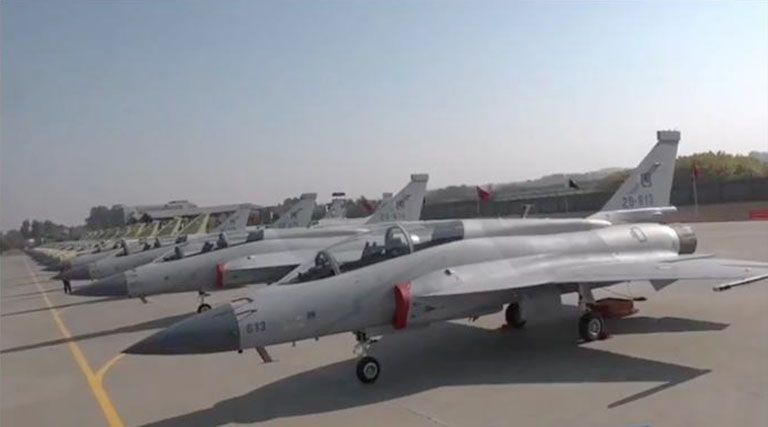 |
| The INS Nireekshak (A15) submarine rescue ship of the Indian Navy. Photo c/o Shipspotting.com. |
The Republic of Singapore Navy (RSN) and Indian Navy (IN) signed a bilateral submarine rescue agreement as part of the 5th India-Singapore defence minister's dialogue held on 20 January 2021 via online video conference.
The agreement, called the Submarine Rescue Support and Cooperation Implementing Agreement, would establish a mutual assistance between both naval services in case of underwater emergencies involving their submarine fleets.
According to Singapore's Defence Minister Dr. Ng Eng Hen, the agreement will allow both navies to extend submarine rescue assistance, while also allow the conduct of bilateral rescue exercises, and familiarization visits to improve interoperability and proficiency in submarine rescue operations.
The Indian Navy has a 70-meter submarine rescue vessel, the INS Nireekshak (A15), which supports the services' fleet of submarines including an Akula-class nuclear powered attack submarine, the Kalvari (French Scorpene), Sindhughosh (Russian Kilo), and Shishumar (German Type 209) class of diesel electric attack submarines.
The Nireekshak (15) is equipped with a six-man recompression chamber, and space for 2 DSAR-650L deep-submersible rescue vehicles (DSRV).
Meanwhile, the Republic of Singapore Navy has an 84-meter submarine rescue ship, the Swift Rescue, capable of conducting intervention and hyperbaric rescue operations. It supports the RSN's fleet of Challenger (Swedish Sjoormen) and Archer (Swedish Vastergotland) class submarines, and is expected to support its upcoming Invincible (German Type 218SG) class submarines.
[1] Jane's

















